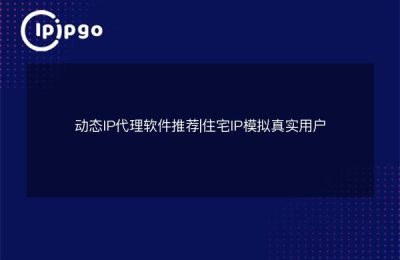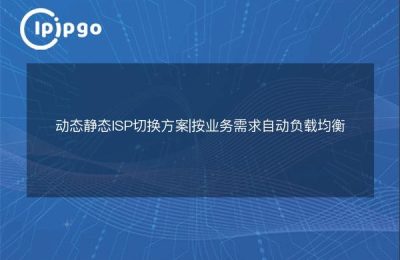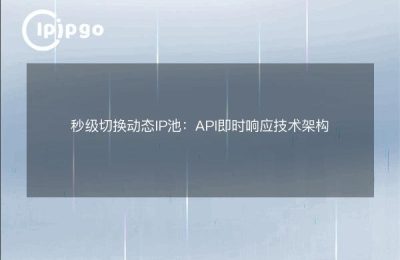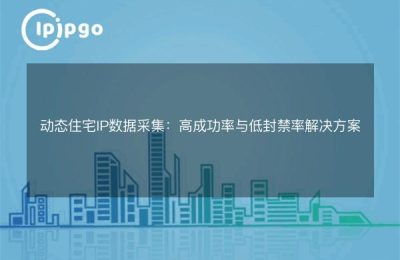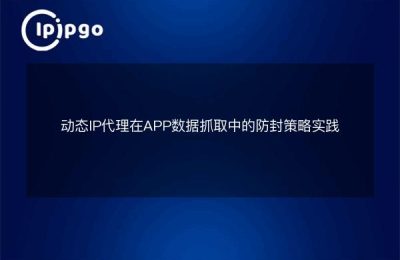
Concurrency Handling Tips for Dynamic Proxy IPs
Tips for Dynamic Proxy IP Concurrency Handling
In the Internet, dynamic proxy IPs play an important role in applications such as data collection and web crawling. However, in practical applications, how to efficiently handle concurrent requests from dynamic proxy IPs has become a technical challenge. In this paper, we will discuss the techniques of dynamic proxy IP concurrency handling to help readers better deal with this challenge.
Selection of Dynamic Proxy IP
When dealing with concurrent requests from dynamic proxy IPs, the first thing to consider is the choice of dynamic proxy IP. A high-quality dynamic proxy IP can effectively increase the request success rate and reduce the risk of being blocked by the target website. Therefore, when choosing a dynamic proxy IP, you need to consider the following points:
1. IP stability: choose a stable dynamic proxy IP, to avoid unnecessary trouble caused by frequent IP replacement.
2. Geographic coverage: choose the appropriate geographic dynamic proxy IP according to the actual needs, to avoid access delays caused by geographic location.
3. Stealth: Choose a dynamic proxy IP with good stealth to reduce the risk of being recognized by the target website.
Considering the above factors, choosing the right dynamic proxy IP is crucial for concurrency processing.
Distribution and scheduling of concurrent requests
When actually handling concurrent requests for dynamic proxy IPs, reasonable allocation and scheduling of requests can effectively improve processing efficiency. The following are some commonly used techniques:
1. Connection pool management: Maintain a connection pool of dynamic proxy IPs to dynamically adjust the number of connections according to the actual demand to avoid resource waste and excessive competition.
2. Request queue: the use of request queues for concurrent requests for queuing and scheduling, to avoid excessive system pressure due to a sudden large number of requests.
3. Asynchronous processing: Asynchronous processing techniques are used to asynchronize part of the processing logic and improve the concurrent processing capability of the system.
By reasonably allocating and scheduling concurrent requests, it can effectively increase the utilization rate of dynamic proxy IPs, reduce system load, and improve overall performance.
In conclusion, concurrent processing techniques for dynamic proxy IPs involve multiple aspects and require comprehensive consideration of various factors. By choosing a high-quality dynamic proxy IP and adopting a reasonable concurrent request allocation and scheduling strategy, you can effectively cope with the concurrent processing challenges and improve the stability and performance of the system.

